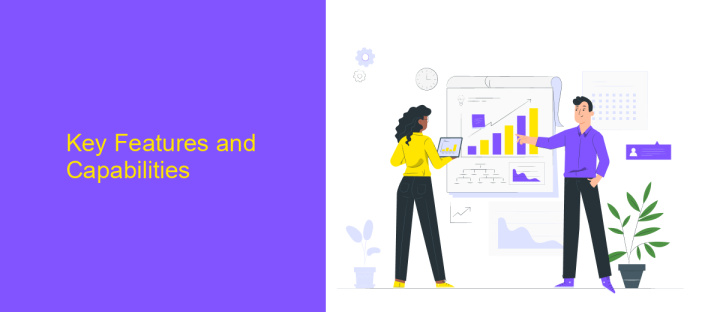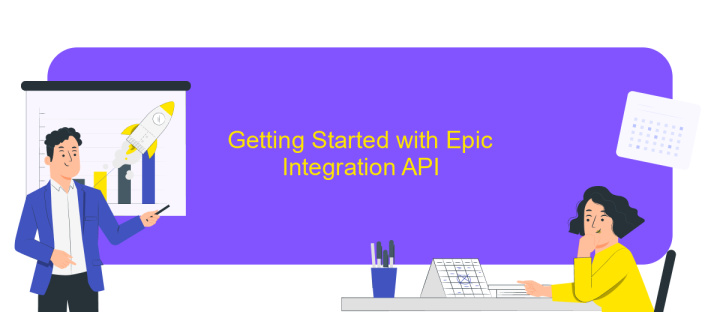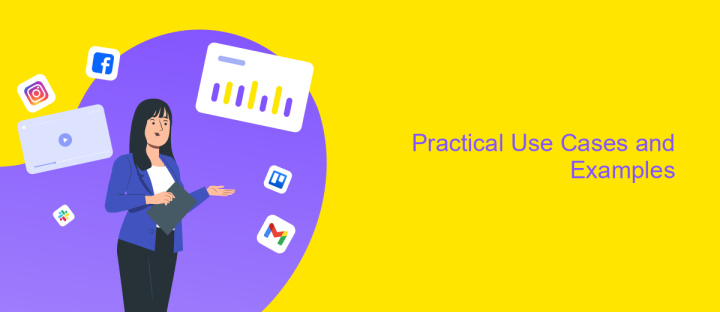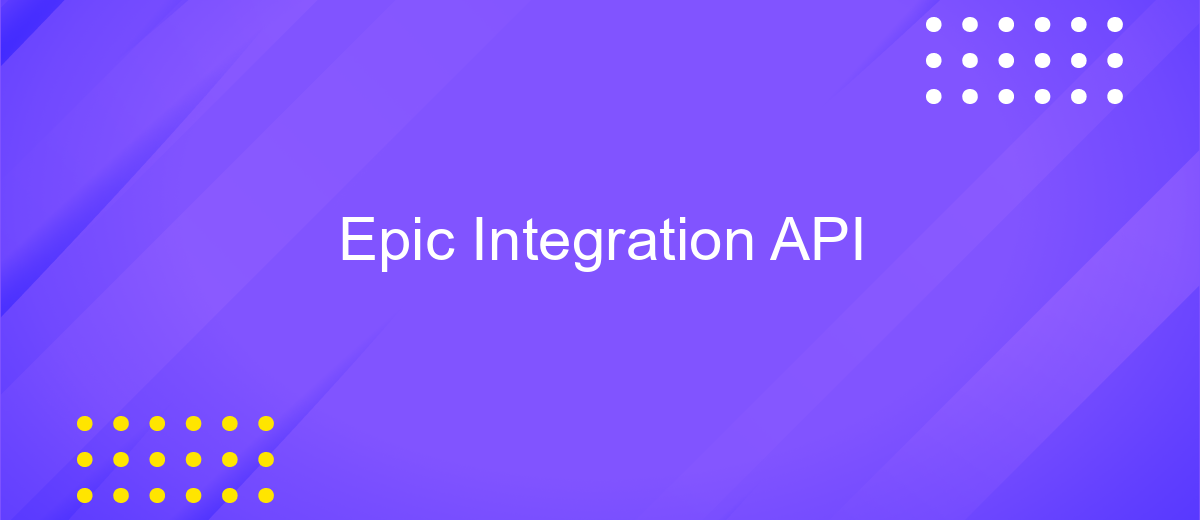Epic Integration API
The Epic Integration API is a powerful tool that enables seamless connectivity between healthcare systems and applications, enhancing the efficiency and accuracy of data exchange. By facilitating interoperability, this API allows healthcare providers to access and share critical patient information in real-time, improving patient care and operational workflows. With robust security measures and comprehensive documentation, the Epic Integration API is a vital resource for modernizing healthcare technology infrastructures.
Introduction to Epic Integration API
The Epic Integration API is a powerful tool designed to streamline healthcare operations by enabling seamless communication between different healthcare systems. It allows healthcare providers to integrate their existing systems with Epic's electronic health record (EHR) platform, facilitating the exchange of patient data and improving the overall efficiency of healthcare delivery. By leveraging the capabilities of the Epic Integration API, organizations can enhance patient care, reduce administrative burdens, and ensure compliance with healthcare standards.
- Facilitates real-time data exchange between healthcare systems.
- Supports secure and compliant data sharing, adhering to healthcare regulations.
- Enhances interoperability, allowing diverse systems to work together efficiently.
- Improves patient care by providing healthcare professionals with comprehensive patient information.
- Reduces administrative tasks by automating data entry and retrieval processes.
Healthcare organizations seeking to optimize their operations can greatly benefit from the Epic Integration API. By integrating their systems with Epic, they can ensure that critical patient information is readily available to healthcare providers, leading to more informed decision-making and improved patient outcomes. As the healthcare industry continues to evolve, the need for efficient and secure data exchange solutions like the Epic Integration API becomes increasingly vital.
Key Features and Capabilities

Epic Integration API offers a robust suite of features designed to streamline healthcare operations and enhance data interoperability. One of its key capabilities is real-time data exchange, allowing seamless communication between various healthcare systems. This feature ensures that patient information is consistently updated and accessible, improving clinical decision-making and reducing errors. Additionally, the API supports comprehensive data analytics, enabling healthcare providers to gain valuable insights into patient care trends and operational efficiencies. Its secure and compliant framework ensures that sensitive health information is protected, adhering to industry standards such as HIPAA.
Moreover, the Epic Integration API is designed with flexibility in mind, providing customizable integration options to meet the unique needs of healthcare organizations. For those seeking to simplify the integration process, services like ApiX-Drive can be invaluable. ApiX-Drive offers user-friendly tools to automate and manage integrations without extensive technical expertise, saving time and resources. This service allows healthcare providers to focus on delivering quality care while ensuring that their systems are seamlessly connected and efficient. Overall, the Epic Integration API empowers healthcare organizations to optimize their operations and enhance patient care through innovative technology solutions.
Getting Started with Epic Integration API

Epic Integration API is a powerful tool designed to streamline healthcare operations by enabling seamless data exchange between Epic systems and third-party applications. To begin leveraging this API, it's essential to understand its core functionalities and setup requirements. This guide will walk you through the initial steps necessary to get started.
- Register for an Epic Developer Account: Visit the Epic on FHIR website and sign up for a developer account to gain access to necessary resources and documentation.
- Obtain API Credentials: Once registered, request API credentials, including a client ID and secret, which are essential for authentication and authorization purposes.
- Set Up a Development Environment: Configure your development environment by installing necessary tools and libraries to interact with the API effectively.
- Explore API Documentation: Familiarize yourself with the API's capabilities by reviewing the comprehensive documentation provided by Epic, which includes endpoint details and usage examples.
By following these steps, you'll be well on your way to integrating Epic's robust healthcare solutions into your applications. Remember to adhere to best practices in API security and data privacy to ensure a successful and compliant integration process.
Practical Use Cases and Examples

The Epic Integration API offers healthcare providers a seamless way to enhance patient care by integrating various applications with Epic's electronic health record (EHR) system. By utilizing this API, healthcare institutions can streamline operations, improve data accessibility, and enhance patient engagement. This integration enables the exchange of critical health information, ensuring that clinicians have comprehensive data at their fingertips.
One practical application of the Epic Integration API is in telemedicine, where it facilitates the sharing of patient records between remote doctors and local healthcare providers. This ensures continuity of care, regardless of the patient's location. Additionally, the API supports the integration of third-party applications, allowing for personalized patient care and innovative health solutions.
- Automated patient appointment scheduling and reminders.
- Real-time access to patient lab results and medical history.
- Integration with wearable devices for continuous health monitoring.
- Streamlined billing and insurance processing.
Incorporating the Epic Integration API can significantly enhance the efficiency of healthcare delivery. By connecting disparate systems and enabling real-time data exchange, healthcare providers can focus more on patient care and less on administrative tasks. This technological advancement not only improves operational efficiency but also elevates the overall patient experience.
- Automate the work of an online store or landing
- Empower through integration
- Don't spend money on programmers and integrators
- Save time by automating routine tasks
Best Practices and Troubleshooting
When working with the Epic Integration API, it's crucial to adhere to best practices to ensure seamless integration and optimal performance. Begin by thoroughly reading the API documentation to understand its capabilities and limitations. Consistently validate data inputs and outputs to prevent errors. Implement robust error handling mechanisms to manage unexpected responses gracefully. Regularly monitor API usage and performance metrics to identify and address any potential bottlenecks or issues promptly. Utilizing a service like ApiX-Drive can streamline the integration process by offering tools to automate data transfer and synchronization, reducing manual intervention and errors.
Troubleshooting common issues with the Epic Integration API involves a systematic approach. Start by checking the API status and reviewing any recent changes in the documentation. Ensure that your authentication credentials are up-to-date and correctly configured. If you encounter connectivity issues, verify network settings and firewall permissions. For persistent problems, consult community forums or reach out to Epic support for guidance. ApiX-Drive also provides support and resources that can help diagnose and resolve integration challenges efficiently, offering a reliable backup when troubleshooting complex issues.
FAQ
What is Epic Integration API?
How can developers access Epic's API documentation?
What are the main use cases for Epic Integration API?
How can I automate the integration process with Epic?
Is there a way to test the integration before going live?
Routine tasks take a lot of time from employees? Do they burn out, do not have enough working day for the main duties and important things? Do you understand that the only way out of this situation in modern realities is automation? Try Apix-Drive for free and make sure that the online connector in 5 minutes of setting up integration will remove a significant part of the routine from your life and free up time for you and your employees.


